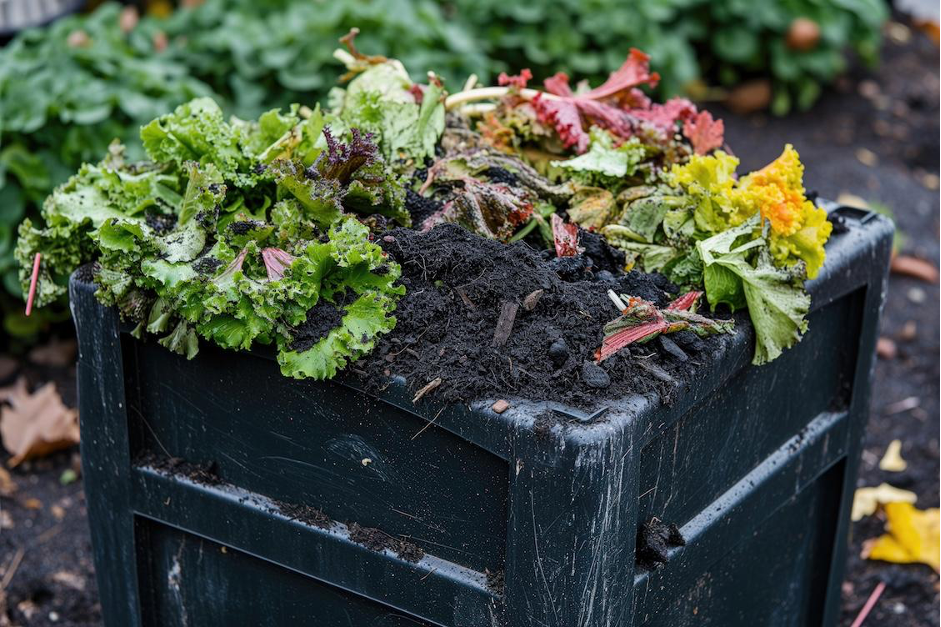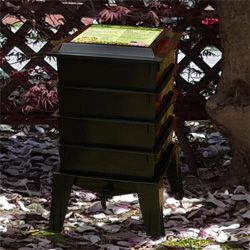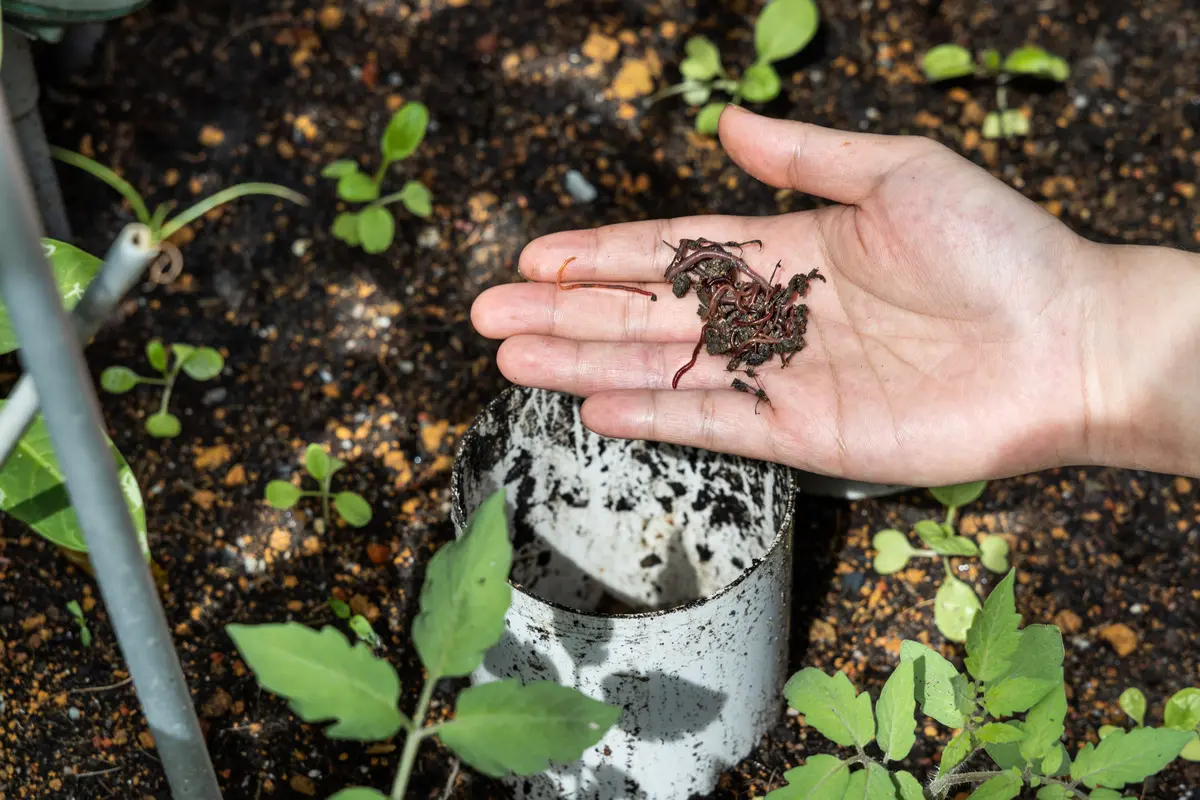Latest Innovations in Vermiculture and Vermicomposting Technology: How Worms are Changing the Game in Organic Farming
Hello, fellow Earth enthusiasts and organic farming aficionados! Today, we’re diving into a topic that’s wriggling its way into the heart of sustainable agriculture: the latest innovations in vermiculture and vermicomposting technology. If you’re a fan of our squirmy friends, you’re in for a treat. Let’s unearth some fascinating advancements that are not only helping our worm allies thrive but are also revolutionizing the way we approach organic farming.
First things first, let’s talk about the stars of the show – worms. These creatures are more than just bait for your fishing hook; they’re powerful agents of change in the ecosystem. Red Wigglers, for example, are champion composters, turning your kitchen scraps and yard waste into nutrient-rich compost that’s like gold for your garden. And guess what? They do it twice as fast as regular composting methods! That’s right, in the world of waste transformation, these little guys are the Usain Bolt of the worm world.
What’s new in Vermiculture Technology?
Now, onto the juicy part – the innovations. The world of vermiculture and vermicomposting has seen some groundbreaking developments recently, and here are a few that are changing the game:
1. Automated Vermiculture and Vermicomposting Systems
Imagine a world where worms are working for you 24/7, and you hardly have to lift a finger. That’s what automated vermiculture systems are all about. These automated vermiculture systems are like high-tech homes for worms, designed to provide optimal conditions. One could get jealous of those worm smart homes.
How do Automated Vermiculture and Vermicomposting Systems work?
First off, they have an automated feeding system, which regularly supplies the worms with the right amount of food scraps, preventing over or underfeeding. In other words, there’s a moisture control feature that keeps the environment in the bin perfectly damp, ideal for worms to be able to do their magic.
They also regulate the temperature, ensuring it’s always worm-cozy, and monitor the pH level, keeping it just right for the worms to thrive. The systems even have built-in air circulation to provide fresh air and prevent any icky smells.
And the best part? When the compost is ready, the system automatically separates it from the worms, making it easy to collect and use in your garden.
An Automated Vermiculture System is a smart, self-managing worm farm that keeps your wriggly friends happy and your garden thriving!
2. Smart Monitoring Technology
In this situation, farmers these days already watch their chickens doing their picking and roosting thing. Furthermore, worm farming has gotten a makeover with smart monitoring systems. Picture this: you’re lounging on your couch, and with just a few taps on your smartphone, you’re checking in on your worm farm.
These clever systems let you keep an eye on everything important – like the temperature and humidity in your worm bins – from anywhere. It’s all about keeping those wriggly little workers in their happy place, so they can do their best composting work. No more worrying about whether they’re too hot or too cold. With this tech, you’re always just a click away from ensuring everything is fine in the worm world, avoiding any little mishaps that might bug your worms!
3. Vermiculture and Vermicomposting Integration in Aquaponics and Hydroponics
Nowadays it’s all about merging nature and innovation – in a good way! That’s exactly what’s happening with vermiculture and vermicomposting joining forces with aquaponics and hydroponics. Just think about the worms being hard at work in their cozy worm bins, munching away on kitchen leftovers and garden scraps. What they’re doing is turning all that would-be waste into a superfood for plants – a fantastic, all-natural compost.
Now, in combination with aquaponics, it gets even more exciting. After the worms have done their part, this wonderful compost goes to feed the plants growing in water. These plants are not just sitting pretty; they’re busy bees too, cleaning and purifying the water as they soak up nutrients. This clean water is like a refreshing spa for the fish in the system. In hydroponics, even though there are no fish involved, this same magic happens – the plants get all their food from the worm-made compost and in return, they keep the water clean and full of nutrients. And the best? It’s ready to be used over and over.
It’s like having a little eco-friendly circle of life right in your backyard. Everything works together in perfect harmony. The worms help the plants, and the plants help the worms, making sure nothing goes to waste. Just like nature itself invented it. It’s a smart, sustainable way to grow, showing just how clever Mother Nature can be when we let her do her magic and support her hard work!
4. Community-Scale Vermiculture and Vermicomposting Projects
On a larger scale, community-based vermiculture projects are getting more and more popular. Helping to process organic waste on a larger scale. These projects not only provide valuable compost for local farms and gardens but also bring communities together in the spirit of sustainability and environmental thinking.
Moreover, these community projects offer a fantastic opportunity to learn from each other, share best practices, and even reduce costs through shared resources. It’s a chance to connect with like-minded individuals, fostering a sense of camaraderie and collaboration among those passionate about sustainable living and organic farming.
For the organic farmers among us, these innovations mean healthier soils, higher yields, and a more sustainable farming practice. And for our little wriggly friends, the worms? A world where they’re recognized as the superheroes they truly are and where they are getting spoiled like pets.
And by the way…
… did you know that worms have five hearts? That’s a lot of love for composting! Also, a worm’s skin needs to be moist to breathe – talk about high maintenance! But all jokes aside, these facts highlight just how unique and fascinating these creatures are.
If you’re looking to get your hands (or gloves) into vermiculture, Uncle Jim’s Worm Farm has got you covered. From live worms to indoor and outdoor compost bins, we provide everything you need to start your worm farming journey.









8 thoughts on “Latest Innovations in Vermiculture”
I have shells from mussels and am wondering how I might use them in my composting/ gardening.
I will welcome any suggestions. Thank you!
Hello Jeannie;
Usually crushed or ground up are the best ways to add them to the garden. The finer the powder the better.
Uncle Jim’s Worm Farm
I placed about 40 mussel shells in my garden 30 years ago and they were still 100% like new after 30 years. Zero decomposition.
I’m interested in automated systems. Do you sell those or can you punt me in the right direction?
Hello Catherine;
Please let us know what type of automated systems you are asking about? For Vermicomposting? Watering?
Sincerely,
Uncle Jim’s Worm Farm
I have a lot of Japanese jumping worms in my garden. I hear they damage the garden. Do you know anything about handling this problem?
Interesting article about innovations in vermicomposting/culture. Could you provide links to more detailed information on each? I am especially interested in community vermicompost projects.
Thank you for your help.
I would love to take some of this technology to an orphanage in Africa that is trying to grow food for themselves. Who should I contact about learning more?